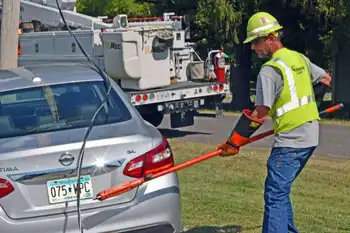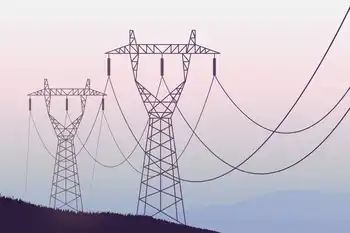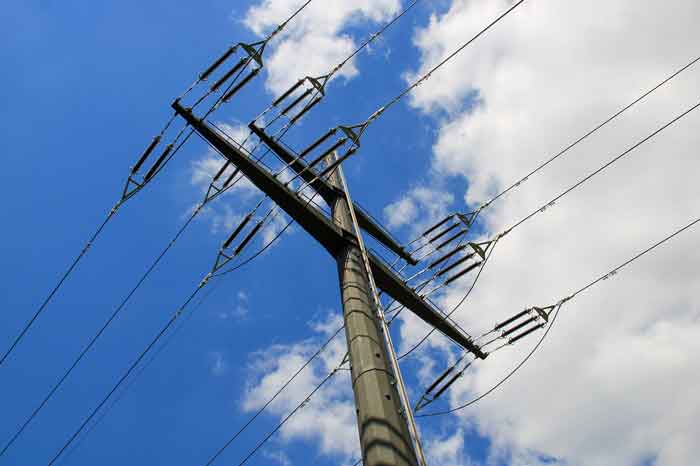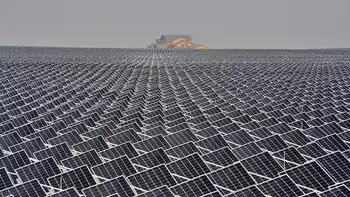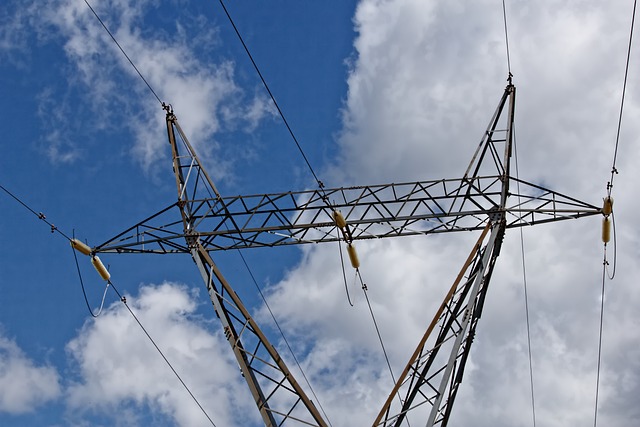Others to benefit from California green push
By Associated Press
NFPA 70e Training - Arc Flash
Our customized live online or in‑person group training can be delivered to your staff at your location.

- Live Online
- 6 hours Instructor-led
- Group Training Available
The California Air Resources Board adopted a new standard mandating that utilities in that state get 33 percent of their power from wind, solar, and other renewables by 2020. And although the agency says most of that wattage could come from new power sources planned within the state, experts and industry representatives say homegrown electricity will not be enough to satisfy the most populous state in the nation.
That could be a boon to wind developers in Montana and Wyoming solar entrepreneurs in New Mexico, Arizona and Nevada and other companies planning major transmission lines that would criss-cross the region. The regulation could allow California utilities to meet much of the new mandate through credits obtained by investments in renewables elsewhere.
"California is just such a big market in the West that it sets the standard. It will drive development," said Roby Robert, vice president of Horizon Wind Energy, one of the country's largest wind developers.
The state already is the largest electricity importer in the country and the second-largest power consumer behind Texas.
The new California regulation requires that a third of the state's power supply, or an estimated 15,000 to 25,000 megawatts, must come from a renewable source, said Stanley Young, a spokesman for the air board. A study by the board found that about 30 percent of the wind power and 15 percent of the solar power would be supplied from outside California.
And that out-of-state generation could grow significantly if California utilities chose to use renewable energy credits bought elsewhere.
"What that will do is finance wind farms in Montana, whether those electrons make it to California or someplace else," said Montana Gov. Brian Schweitzer. "This 33 percent is good for Montana. We have the best wind resource. California has wind that blows at night and people that use electricity during the day."
"Can't get there without Montana," he added.
The California air board said it will consider placing a cap on using renewable energy credits as it finalizes the regulation's language in coming weeks.
Other caveats that could temper the demand for out-of-state renewable sources could come from political powerplay. The new mandate could be superseded if California lawmakers adopt legislation on the issue. And even if the regulation stands, future governors would have a chance to modify or scrap it, and there has been pressure to exclude out-of-state electricity sources.
Meanwhile, the state's previous goal of 20 percent renewables by 2010 still has not been met, leaving the prospects of reaching the tougher goal in doubt. Utility executives in the state said this week that it would be a challenge.
Under current California law, utilities are not authorized to use any renewable energy credits to satisfy the 20-percent target.
Laura Wisland, an energy analyst for the Union of Concerned Scientists, said a credit-based standard could reduce the benefits of the new standards for California, with future greenhouse gas reductions and air quality improvements occurring in other states.
"We're hoping the majority of the power is going to come from California resources," Wisland said. "But there's a lot of room for projects built in other Western states. This is going to have a major impact on promoting renewable energy construction in the West, and we think that's a great thing."





